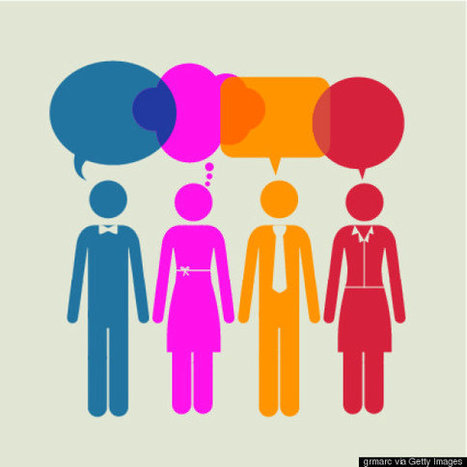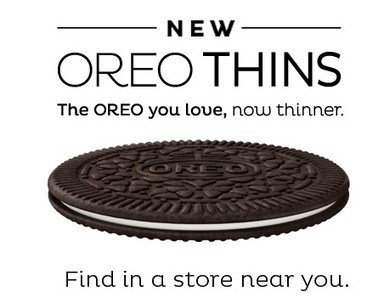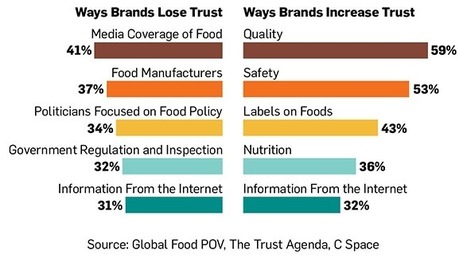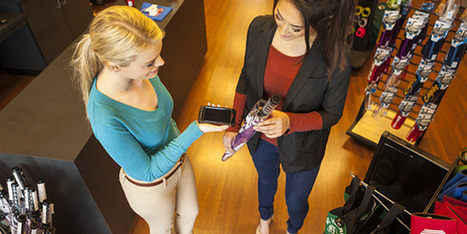A new European study on human behaviour suggests that people can be divided into one of four main personality types — with 'Envious' being the most common.
The new research, carried out by a team of researchers from Universidad Carlos III de Madrid and the universities of Barcelona, Rovira i Virgili and Zaragoza, Spain, presented 541 volunteers with hundreds of social dilemmas and asked them to report on what they would do in each situation.
Participants had to make decisions based on individual or group interests, which would lead to either collaboration or conflict with others.
The decisions also had different consequences depending on what another participant involved decided to do, with Anxo Sánchez, one of the authors of the study explaining, "Those involved are asked to participate in pairs, these pairs change, not only in each round, but also each time the game changes. So, the best option could be to cooperate or, on the other hand, to oppose or betray ..... In this way, we can obtain information about what people do in very different social situations."
The researchers then created a computer algorithm to analyze the responses and classify participants into personality groups based on their behaviour.
The results showed that the majority of the participants — 90 per cent — could be divided into just four basic personality types, Envious, Trusting, Optimistic, and Pessimistic.

|
Scooped by Jeff Domansky |
Jeff Domansky's insight:
Which of four personality types are you according to a new Spanish research study? Envious, Trusting, Optimistic or Pessimistic. Marketers take note ;-)



 Your new post is loading...
Your new post is loading...
















Which of four personality types are you according to a new Spanish research study? Envious, Trusting, Optimistic or Pessimistic. Marketers take note ;-)